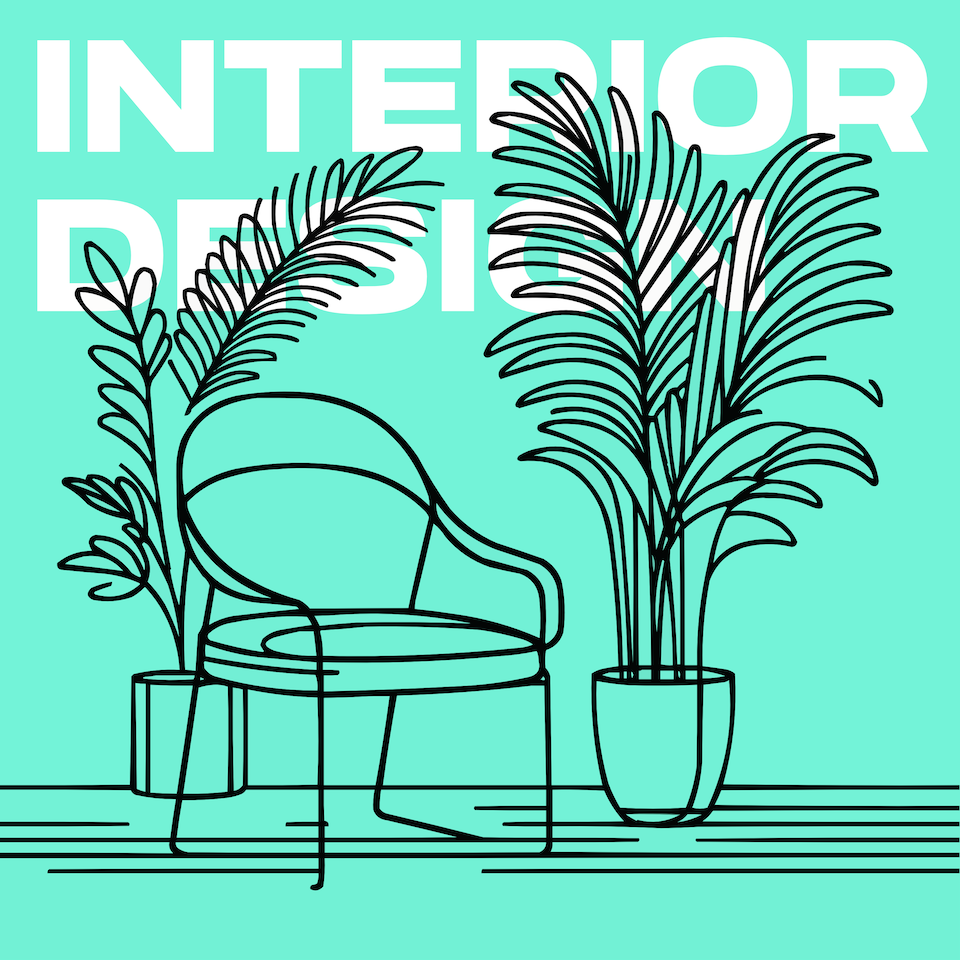Unlocking the Art of Visual Harmony
Welcome to another episode of "Interior Design for Beginners," where we aim to demystify the complexities of creating beautiful spaces and help you gain the confidence to transform your home. In today’s episode, we will be unlocking the art of visual harmony, a core concept in interior design that, when mastered, can significantly elevate the aesthetic and feel of any room. Visual harmony in interior design is all about creating a cohesive, pleasing arrangement of elements within a space that feels balanced and unified. It's the secret sauce that makes a room feel "just right," evoking a sense of peace and satisfaction. Think of visual harmony as the symphony orchestra of design — each element, from furniture to accessories, playing its part in perfect cohesion to create a masterpiece. The first step in achieving visual harmony is understanding the principle of unity. Unity can be fostered through the repetition of colors, shapes, textures, or patterns throughout a space. This doesn’t mean everything needs to match perfectly; rather, it's about creating a thread that ties the room together. For instance, repeating the same color in various shades or incorporating similar shapes can subtly unify a space. Balance is another crucial aspect of visual harmony. There are two types of balance to consider: symmetrical and asymmetrical. Symmetrical balance is when both sides of a space mirror each other, creating a formal, organized look. Asymmetrical balance, on the other hand, relies on different objects of similar visual weight to achieve balance, offering a more dynamic and casual vibe. Playing with these types of balance can dramatically alter the feel of a room. Scale and proportion play significant roles in visual harmony as well. Everything in your space should relate to each other in a way that feels proportional and well-suited to the size of the room. A massive sofa in a tiny room, or a small piece of art on a large wall, can disrupt visual harmony. It’s about finding the right balance between the sizes of different elements in relation to each other and the room as a whole. Lastly, let’s talk about rhythm. Just like in music, rhythm in design refers to the visual flow that carries your eye around the room. This can be accomplished through repetition, progression, or even contrast. Creating a rhythm can make your space more engaging and dynamic, encouraging the eye to move smoothly from one element to another. To bring this concept to life, let’s consider a real-life example. Picture a living room where the sofa, throw pillows, and curtains echo a similar shade of blue, creating unity through color. A large coffee table in the center provides a focal point, offering symmetrical balance, while two different but visually equal armchairs on either side of a fireplace achieve asymmetrical balance. A large rug ties the room together, scaled properly to the room’s dimensions, and a series of framed photos on the wall creates a visual rhythm that draws the eye. Achieving visual harmony in your space is about thoughtful consideration and experimentation. It’s okay to play around with different elements until you find what feels right. Remember, the goal is to create a space that feels unified, balanced, and cohesive, a place where every element sings in harmony with the others. We hope today’s episode has shed some light on the art of visual harmony and inspired you to consider how these principles can be applied in your own home. Thank you for tuning in, and remember, the world of interior design is vast and full of possibilities. We’ll be here to guide you through it, one episode at a time. Until next time, take care and happy designing!
Brought to you by Room AI
